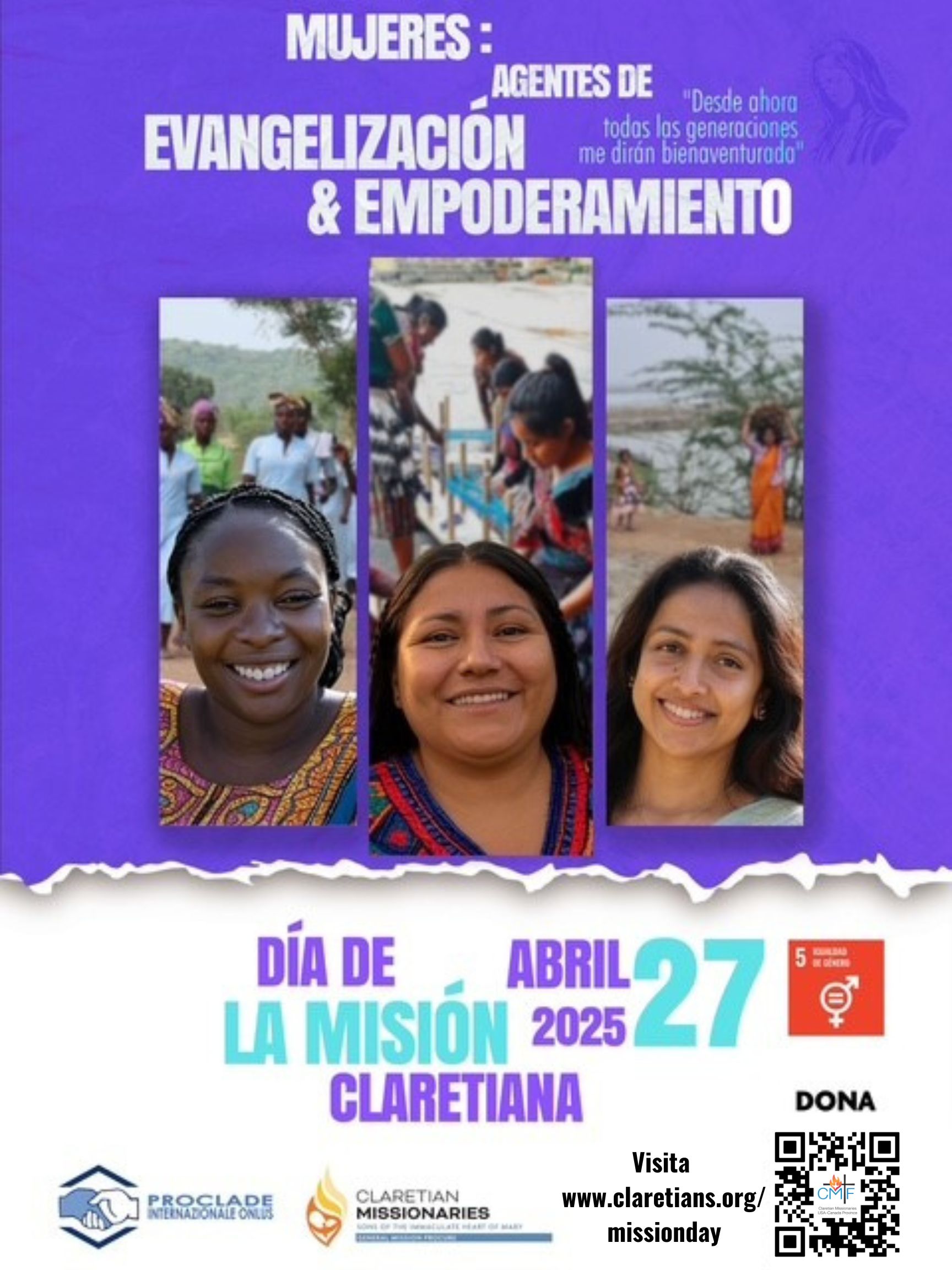The Second Vatican Council remains an important milestone in the history of the church. Consider Ken Trainor’s reading list a primer.
By guest blogger Ken Trainor
I had reason and occasion to educate myself about Vatican II during the past year and a half while working on a book, and I found it a tremendously affirming, stimulating, and inspiring exercise. With the 50th anniversary of the opening of Vatican II looming next year (October 11, 2012), everyone has just enough time to rediscover this long-ignored and/or taken-for-granted council.
In fact, I urge all Catholics–conservative, moderate and progressive–to read up on this amazing convocation, called by many the most important religious event of the 20th century. I think you’ll find it has much to say to us still, not just in the documents themselves, but in the actions that produced those documents. There is much, much more to the story of Vatican II than the documents themselves, though more conservative Catholics will try to tell you otherwise.
What I learned was how far off track the pre-Vatican II Catholic Church was, how badly the Vatican II reforms were needed, and most importantly, how badly we need them still.
Many, many books have been written about Vatican II, but for a solid, basic understanding of what led up to the council, what went on there, and what happened after, I found the following books informative, accessible and quite readable:
What Happened at Vatican II by Rev. John O’Malley (Belknap Press of Harvard University Press, 2008) If you read only one book on Vatican II in the next year, this should be the one. It not only covers what happened during the Council, but sets the stage, providing context with background on “the long 19th century” leading up to Vatican II. And O’Malley takes an admirably centrist approach to this topic.
A Brief History of Vatican II by Giuseppe Alberigo (Orbis Books, 2005) Alberigo is best known for co-editing the definitive five-volume History of Vatican II with Joseph Komonchak. This is a more personal capsule summary from possibly the most authoritative non-clerical Vatican II eyewitness. Short and very readable.
Receiving the Council by Rev. Ladislas Orsy (Liturgical Press, 2009) Orsy is one of the foremost authorities on canon law. He combines a great mind with a great heart and great faith to humanize a topic that by all rights should bore us to tears. This is an amazing book, even if you have no familiarity with canon law. You’ll never look at Vatican II the same way again.
The American Catholic Revolution: How the ’60s Changed the Church Forever by Rev. Mark S. Massa (Oxford University Press, 2010) Massa goes in-depth on the aftermath of Vatican II in this country. This is absolutely essential reading if you want to understand the turmoil and turbulence that occurred in the American Church in the late 1960s.
Why I Am a Catholic by Garry Wills (Houghton Mifflin, 2002) (particularly Part IV, “The Vatican II Church”) Wills, a Pulitzer Prize-winning historian, combines the skills of a scholar with probing and incisive personal commentary.
Practicing Catholic by James Carroll, (Mariner Books, Houghton Mifflin Harcourt, 2009) Carroll’s memoir unfolds with Vatican II and its aftermath as an ever-present backdrop. This former Paulist priest and longtime author and newspaper columnist brings impressive academic credentials and sincere devotion to his examination of the Council and its effect (or lack thereof). His story about Cardinal Cushing alone makes it a great read.
The Catholic Revolution–New Wine, Old Wineskins, and the Second Vatican Council by Andrew Greeley, (University of California Press, 2004) Greeley is a hoot. He’s not easily pegged as either a conservative or a progressive (at least when it comes to Vatican II and its consequences). He’s not at all shy about giving both sides a hard time. But he brings the added dimension of years of sociological research that lends substance and credibility to his comments and also lances many of the persistent myths held by those on both ends of the Catholic spectrum.
The Documents of Vatican II, Rev. Walter Abbott, general editor (Guild Press, America Press, Association Press, 1966) Start with the Pastoral Constitution on the Church in the Modern World (Gaudium et Spes), followed by the Declaration on Religious Freedom (Dignitatis Humanae) and the Dogmatic Constitution on the Church (Lumen Gentium). From there, go where you like. Keep in mind that, contrary to the conservative Catholic view, if all you know about Vatican II is what you read in the official documents, you really don’t know much about it at all.
Pacem in Terris, Pope John XXIII’s last encyclical was released on April 11, 1963, less than two months before he died of stomach cancer. Though he was theologically conservative, John was way ahead of his time socially. His encyclical is still visionary and reading it remains an illuminating experience.
More than anything else, educating yourself about Vatican II will give you a new appreciation for how the Holy Spirit is very much alive and working through this fallible, human institution.
By Ken Trainor, a practicing, progressive Catholic, who was 10 years old when Vatican II began. For the past 20 years, he has been a reporter, editor and weekly columnist for Wednesday Journal, a newspaper in Oak Park. You can find his column at OakPark.com/Opinion/KenTrainor.
Guest blog posts express the views of the author. They do not necessarily reflect the views of U.S. Catholic, its editors, or the Claretians.








